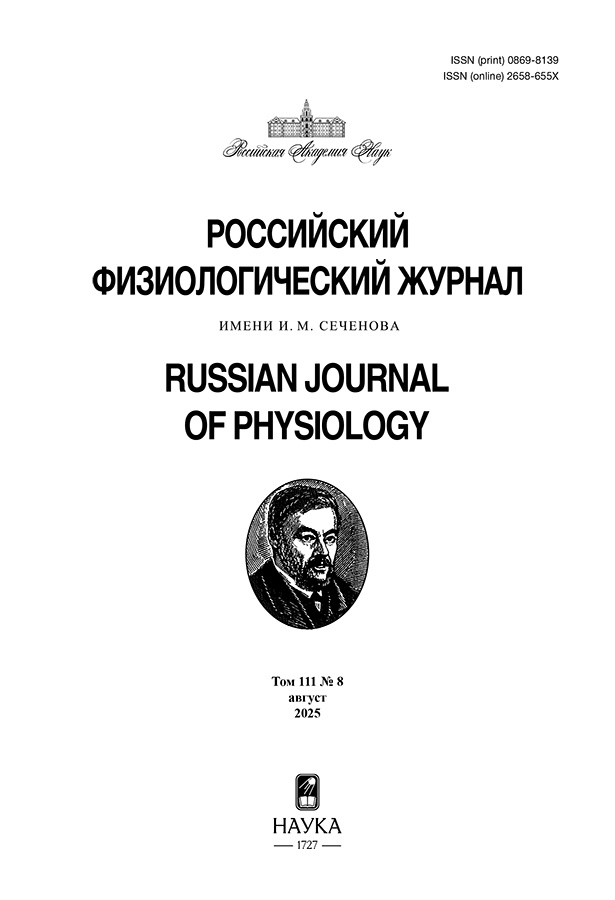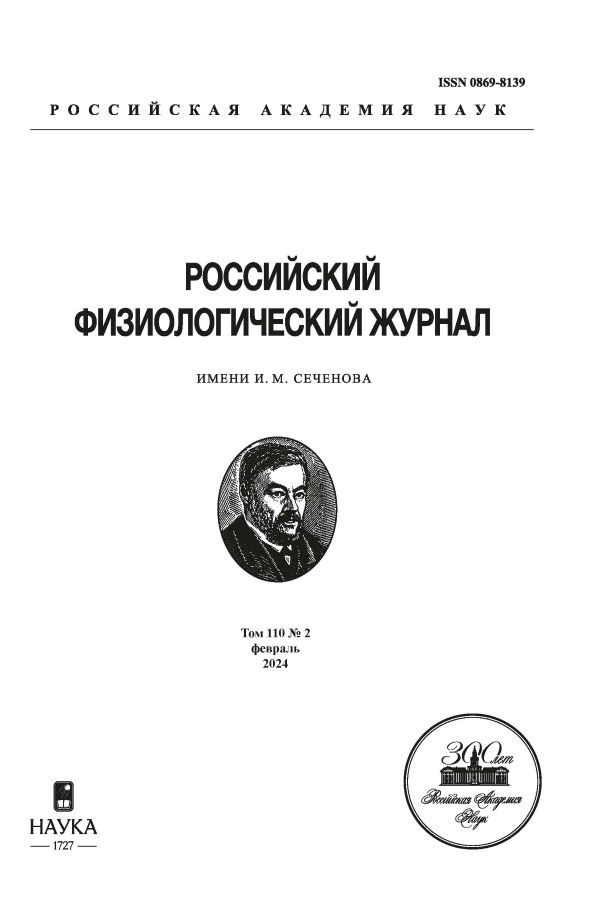Способы оценки диастолической упругости левого желудочка
- Авторы: Капелько В.И.1, Лакомкин В.Л.1, Абрамов А.А.1, Просвирнин А.В.1
-
Учреждения:
- Национальный медицинский исследовательский центр кардиологии им. академика Е.И. Чазова Минздрава России
- Выпуск: Том 110, № 2 (2024)
- Страницы: 230-237
- Раздел: ЭКСПЕРИМЕНТАЛЬНЫЕ СТАТЬИ
- URL: https://cardiosomatics.ru/0869-8139/article/view/651674
- DOI: https://doi.org/10.31857/S0869813924020069
- EDN: https://elibrary.ru/DJLYNL
- ID: 651674
Цитировать
Полный текст
Аннотация
Важнейшим свойством миокарда, определяющим наполнение левого желудочка (ЛЖ) сердца, является его растяжимость. Наиболее простым методом ее оценки является соотношение давления и объема ЛЖ в конце диастолы, однако оно может варьировать в широком диапазоне и сильно зависит от условий притока и сопротивления, что затрудняет оценку растяжимости. В работе сопоставлены шесть расчетных индексов диастолической упругости ЛЖ сердца, большинство которых основано на законе Гука, сравнивается их устойчивость, разбросы и коэффициенты корреляции с различными параметрами гемодинамики. Оказалось, что только индекс диастолической упругости № 4, учитывающий прирост упругости ЛЖ в течение диастолы, показал слабую зависимость от фракции выброса, частоты сокращений и других параметров гемодинамики ЛЖ сердца, что обосновывает его применимость при оценке растяжимости при патологии сердца, сопровождающейся различными изменениями гемодинамики.
Полный текст
Об авторах
В. И. Капелько
Национальный медицинский исследовательский центр кардиологии им. академика Е.И. Чазова Минздрава России
Автор, ответственный за переписку.
Email: v.lakomkin@yandex.ru
Россия, Москва
В. Л. Лакомкин
Национальный медицинский исследовательский центр кардиологии им. академика Е.И. Чазова Минздрава России
Email: v.lakomkin@yandex.ru
Россия, Москва
А. А. Абрамов
Национальный медицинский исследовательский центр кардиологии им. академика Е.И. Чазова Минздрава России
Email: v.lakomkin@yandex.ru
Россия, Москва
А. В. Просвирнин
Национальный медицинский исследовательский центр кардиологии им. академика Е.И. Чазова Минздрава России
Email: v.lakomkin@yandex.ru
Россия, Москва
Список литературы
- Lalande S, Mueller PJ, Chung CS (2017) The link between exercise and titin passive stiffness. Exp Physiol 102 (9): 1055–1066. https://doi.org/10.1113/EP086275
- Emig R, Zgierski-Johnston CM, Timmermann V, Taberner A, Nash MP, Kohl P, Peyronnet R (2021) Passive myocardial mechanical properties: meaning, measurement, models. Biophys Rev 13(5): 587–610. https://doi.org/10.1007/s12551-021-00838-1
- Liu W, Wang Z (2019) Current Understanding of the Biomechanics of Ventricular Tissues in Heart Failure. Bioengineering (Basel) 7(1): 2. https://doi.org/10.3390/bioengineering7010002
- Lakomkin VL, Abramov AA, Lukoshkova EV, Prosvirnin AV, Kapelko VI (2022) Hemodynamics and cardiac contractile function in type 1 diabetes. Kardiologiia 62(8): 33–37. https://doi.org/10.18087/cardio.2022.8.n1967. PMID: 36066985
- Weiss JL, Frederiksen JW, Weisfeldt ML (1976) Hemodynamic determinants of the time-course of fall in canine left ventricular pressure. J Clin Invest 58: 751–760. https://doi.org/10.1172/JCI108522
- Gillebert TC, Lew WY (1991) Influence of systolic pressure profile on rate of left ventricular pressure fall. Am J Physiol 261(3 Pt 2): H805–H813. https://doi.org/10.1152/ajpheart.1991.261.3.H805
- Yano M, Kohno M, Kobayashi S, Obayashi M, Seki K, Ohkusa T, Miura T, Fujii T, Matsuzaki M (2001) Influence of timing and magnitude of arterial wave reflection on left ventricular relaxation. Am J Physiol Heart Circ Physiol 280(4): H1846–H1852. https://doi.org/10.1152/ajpheart.2001.280.4.H1846
- Granzier H, Labeit S (2002) Cardiac titin: an adjustable multi-functional spring. J Physiol 541 (Pt 2): 335–342. https://doi.org/10.1113/jphysiol.2001.014381
- Li N, Hang W, Shu H, Zhou N (2022) RBM20, Therapeutic Target to Alleviate Myocardial Stiffness via Titin Isoforms Switching in HFpEF. Front Cardiovasc Med 9: 928244. https://doi.org/10.3389/fcvm.2022.928244
- Loescher CM, Hobbach AJ, Linke WA (2022) Titin (TTN): from molecule to modifications, mechanics, and medical significance. Cardiovasc Res 118(14): 2903–2918. https://doi.org/10.1093/cvr/cvab328
- Tharp C, Mestroni L, Taylor M (2020) Modifications of Titin Contribute to the Progression of Cardiomyopathy and Represent a Therapeutic Target for Treatment of Heart Failure. J Clin Med 9(9): 2770. https://doi.org/10.3390/jcm9092770
- Franssen C, González MA (2016) The role of titin and extracellular matrix remodelling in heart failure with preserved ejection fraction. Neth Heart J 24(4): 259–267. https://doi.org/10.1007/s12471-016-0812-z
- Капелько ВИ (2022) Роль титина в сократительной функции сердца. Успехи физиол наук 53(2): 1–15. [Kapelko VI (2022) The role of sarcomeric protein titin in the pump function of the heart. Uspehi fiziol nauk 53(2): 1–15. (In Russ)]. https://doi.org/10.31857/S0301179822020059
- Chirinos JA, Rietzschel ER, Shiva-Kumar P, De Buyzere ML, Zamani P, Claessens T, Geraci S, Konda P, De Bacquer D, Akers SR, Gillebert TC, Segers P (2014) Effective arterial elastance is insensitive to pulsatile arterial load. Hypertension 64(5): 1022–1031. https://doi.org/10.1161/HYPERTENSIONAHA.114.03696
- Weber T (2020) The Role of Arterial Stiffness and Central Hemodynamics in Heart Failure. Int J Heart Fail 2(4): 209–230. https://doi.org/10.36628/ijhf.2020.0029
- Avolio AP, Chen SG, Wang RP, Zhang CL, Li MF, O’Rourke MF (1983) Effects of aging on changing arterial compliance and left ventricular load in a northern Chinese urban community. Circulation 68(1): 50–58. https://doi.org/10.1161/01.cir.68.1.50
- Solomon SB, Nikolic SD, Frater RW, Yellin EL (1999) Contraction-relaxation coupling: determination of the onset of diastole. Am J Physiol 277(1): H23–H27. https://doi.org/10.1152/ajpheart.1999.277.1.H23
- Sathyanarayanan SP, Oberoi M, Shaukat MHS, Stys T, Stys A (2022) Heart Failure with Preserved Ejection Fraction: Concise Review. SD Med 75(11): 513–517.
Дополнительные файлы













